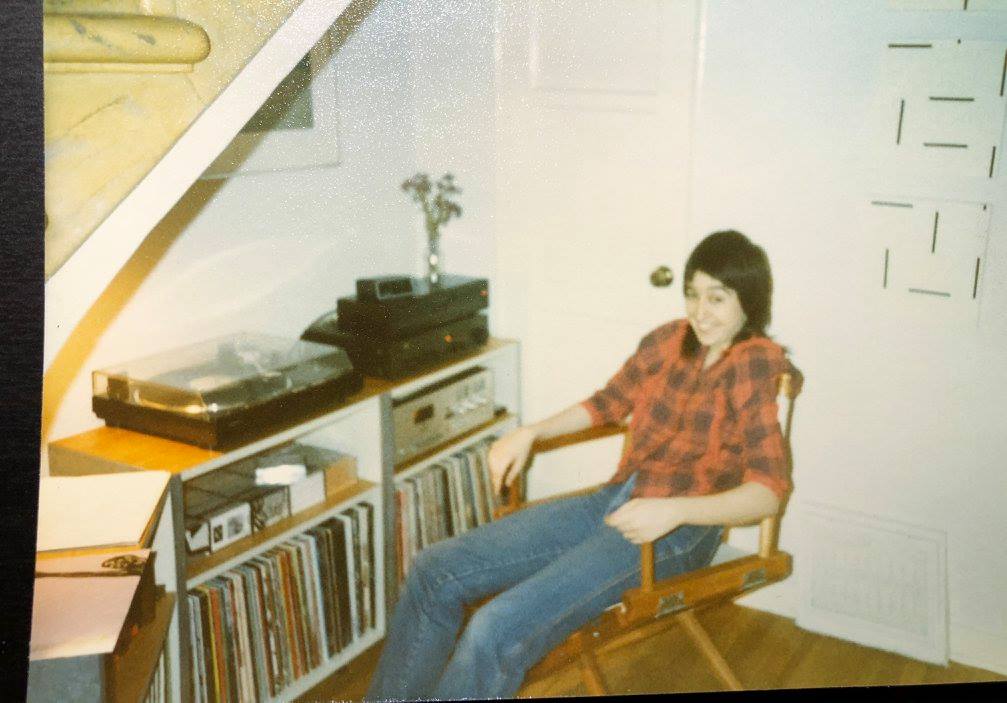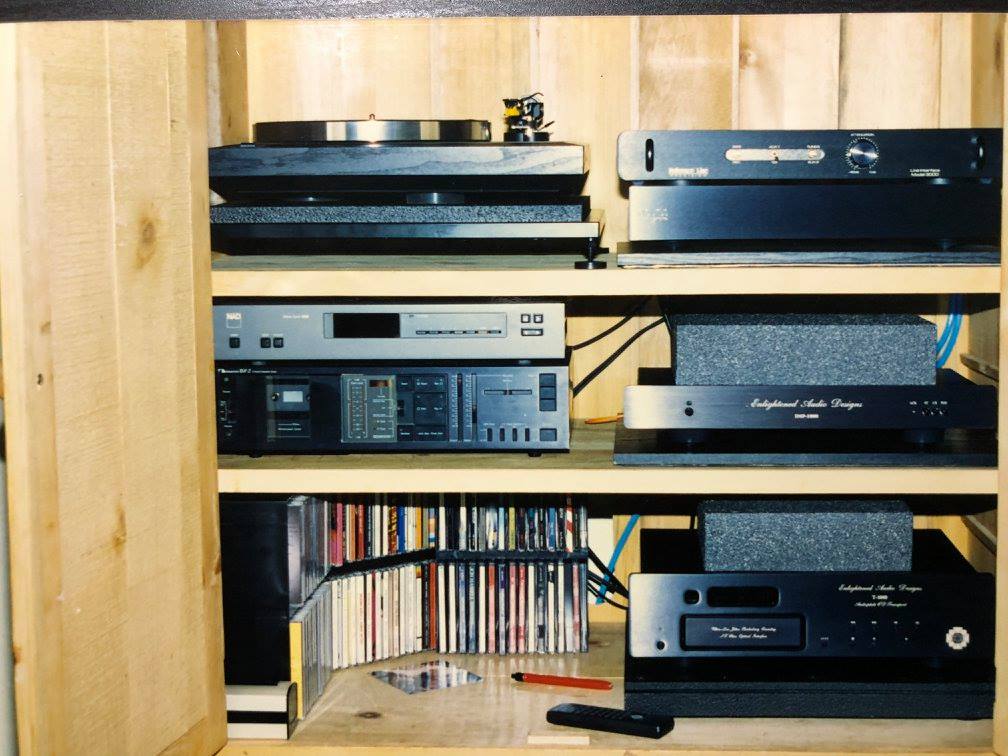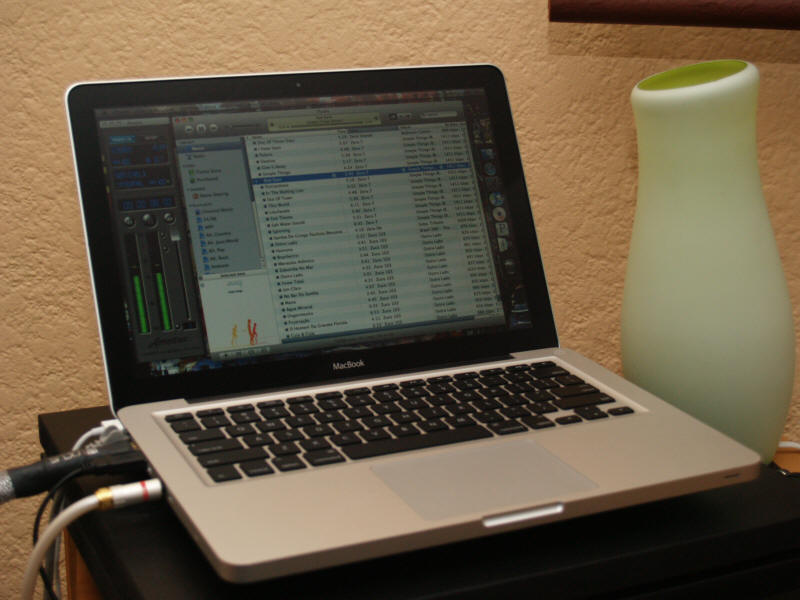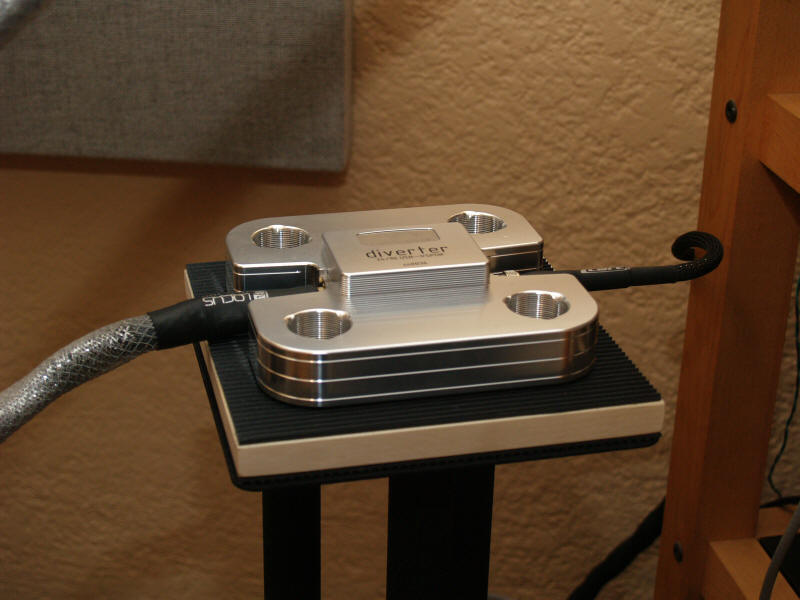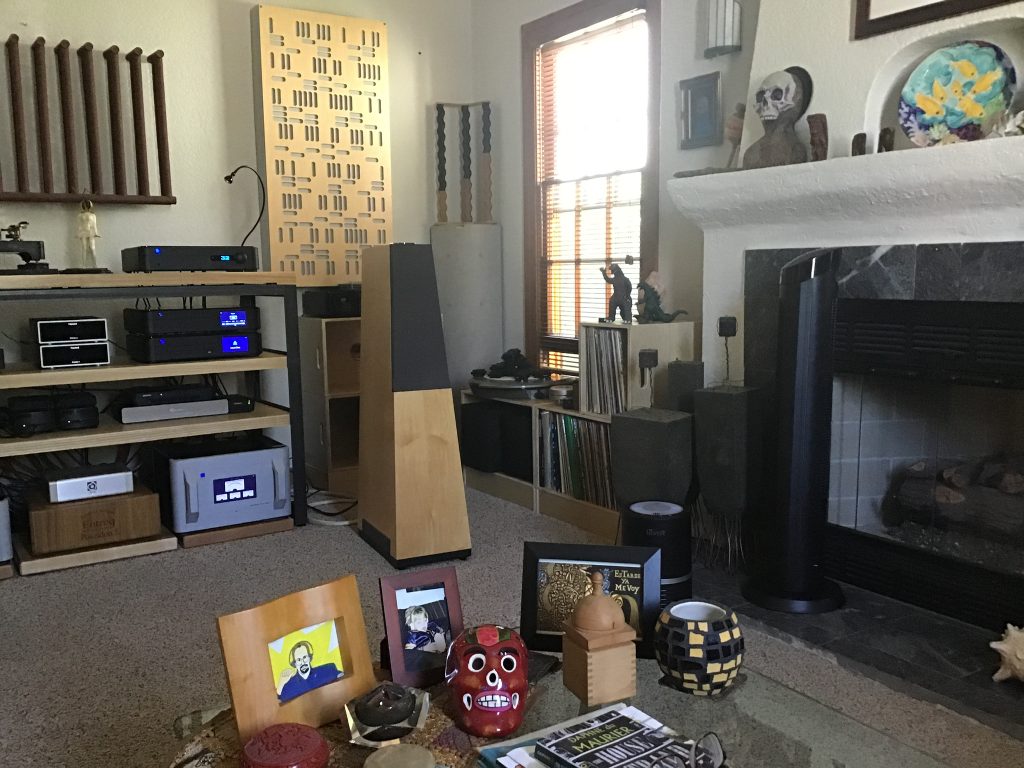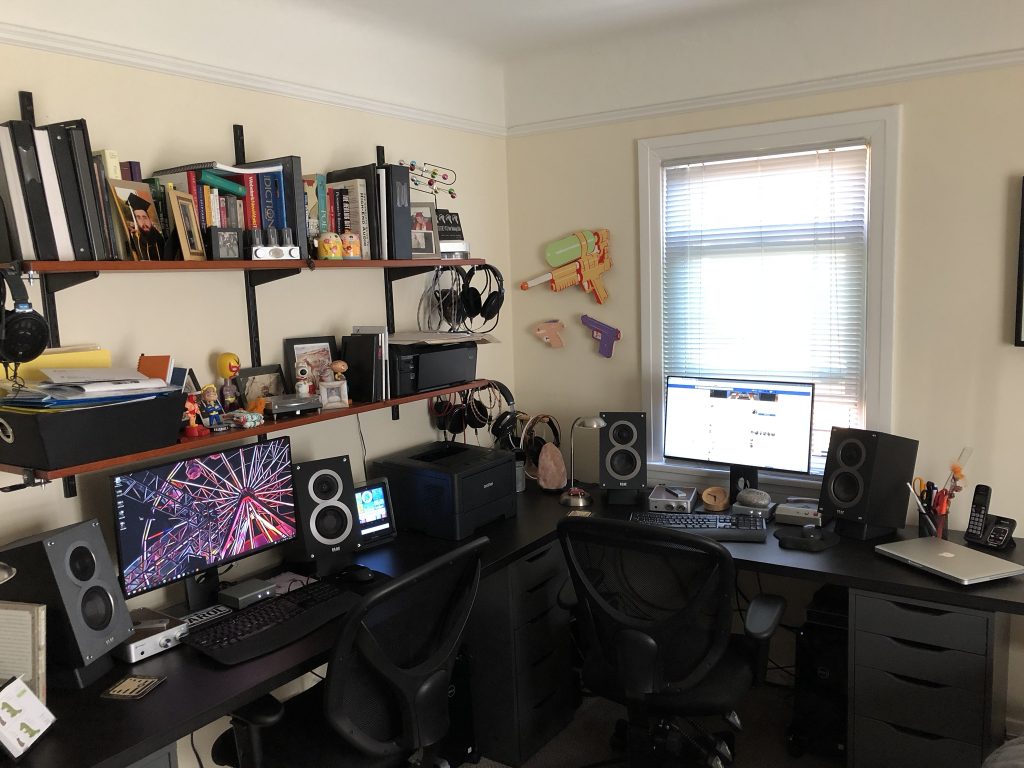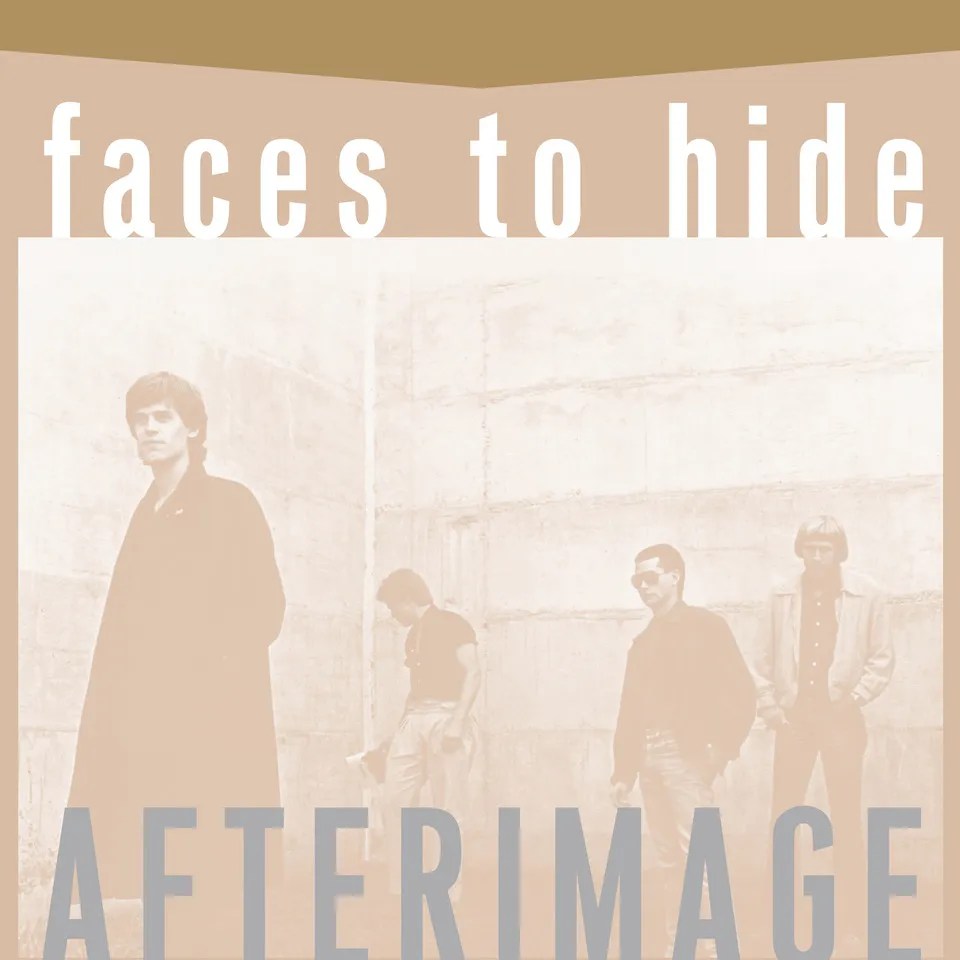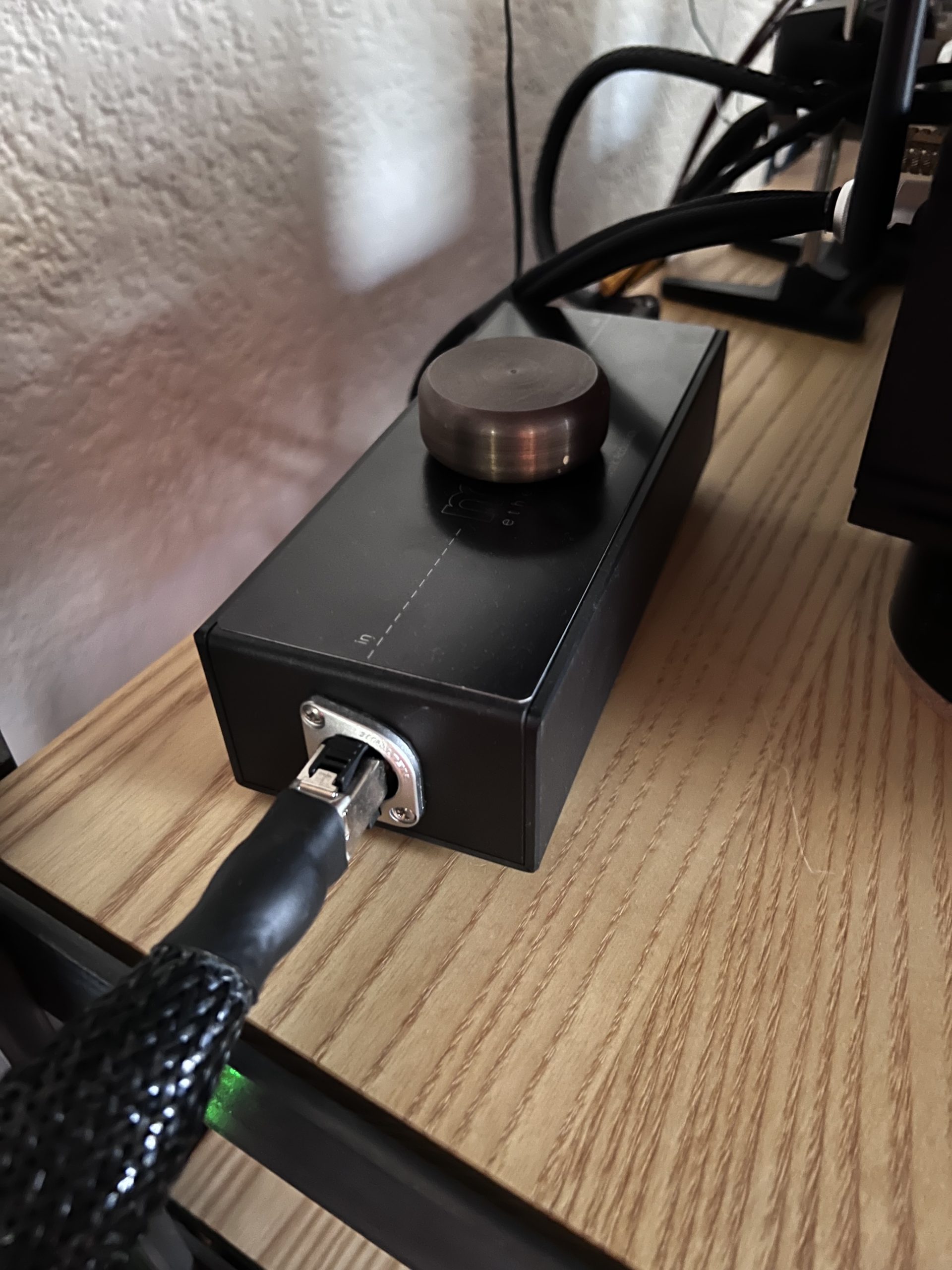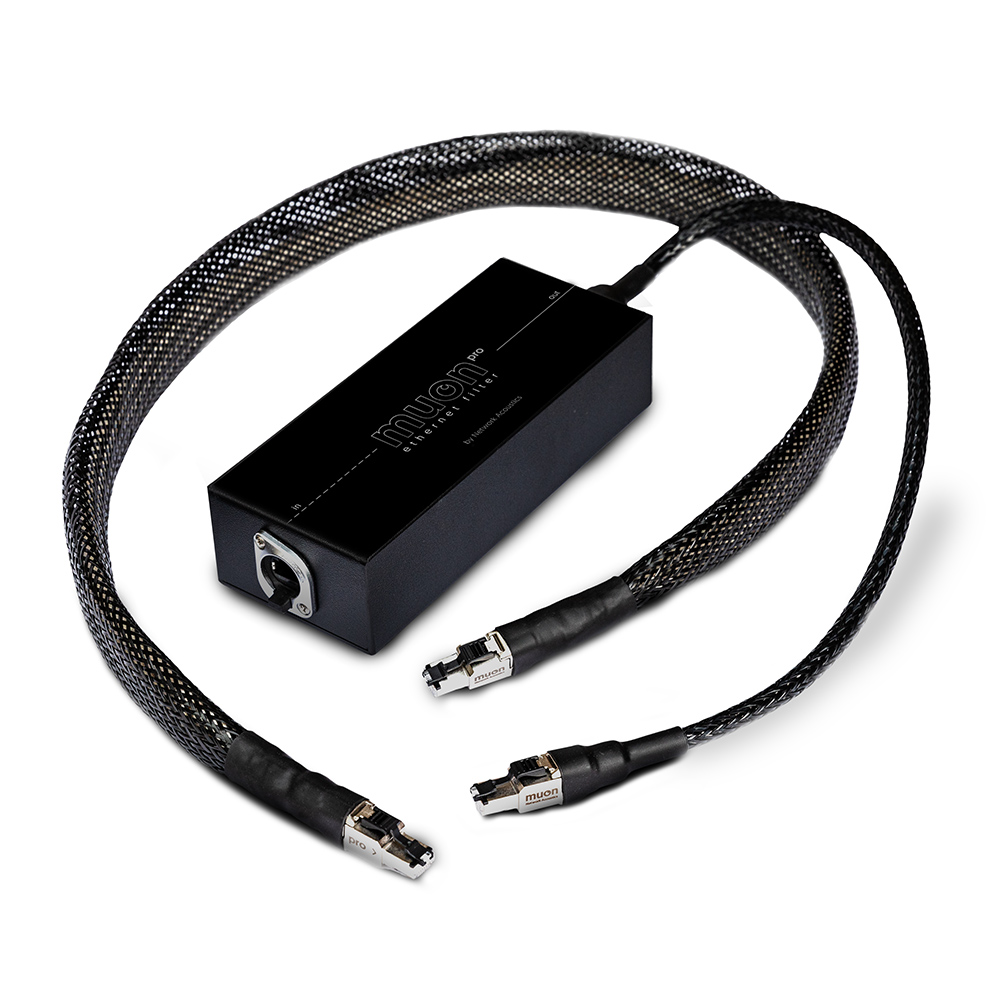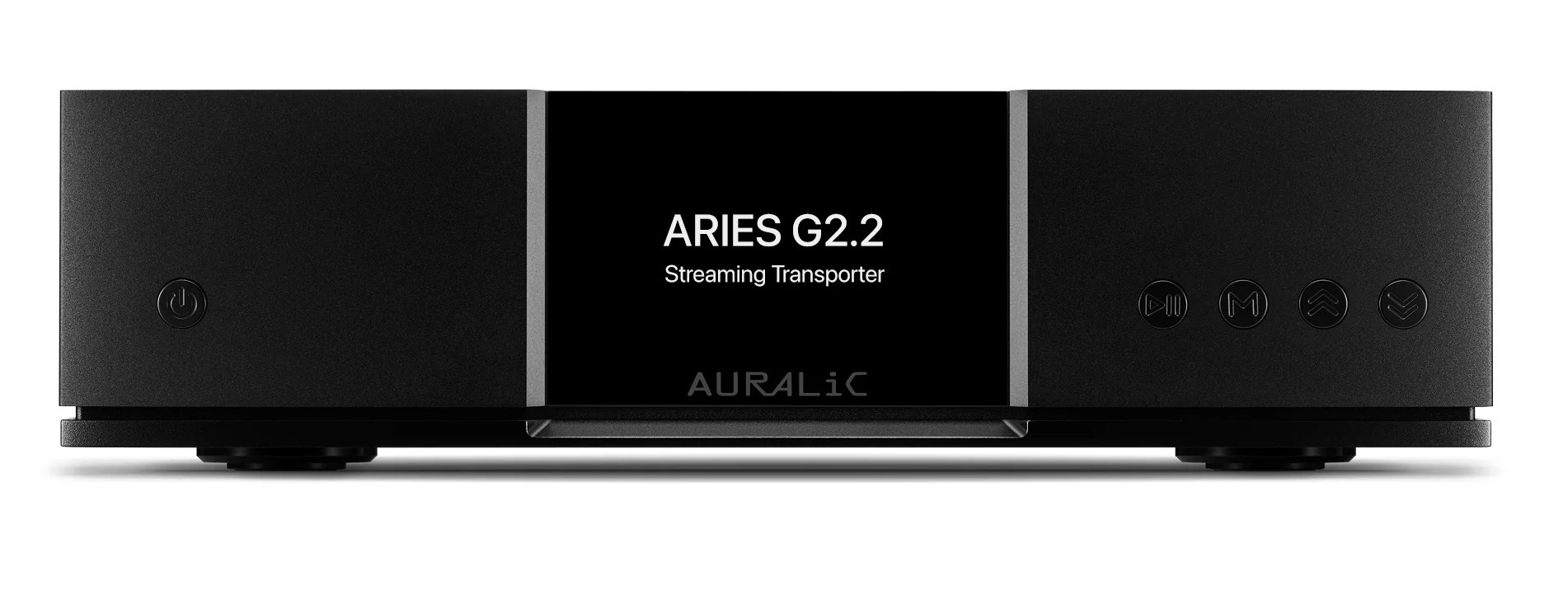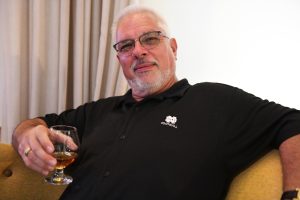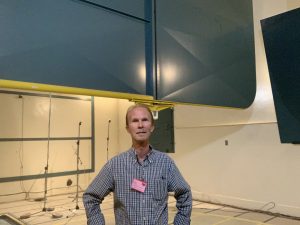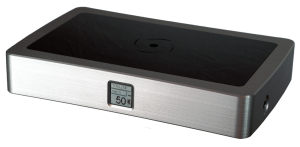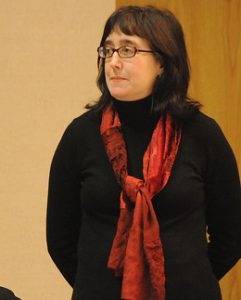So, this is going to be a trip of sorts… one where we take you from our early audio system beginnings to where we are today. Yeah, just like most audiophiles we have seen many changes in our systems, rooms, and listening habits. No doubt for many, music preferences as well.
We figure that for the vast majority of us, we have seen simple to complex and perhaps a return to simple… or at least, simpler. That is what we have experienced—both in systems and in rooms.
Naturally, much of this simplicity is a correlation to what we knew at the time, though just as likely with what we could afford at the time—just setting out from school and getting our first place. That first place might be nothing more than a small apartment made attainable through some beginning salary.
But before I get to that, let me say this. Our system, our music, has never sounded better. And this all comes after a few changes to the room and a few changes to the system. The changes to the room will be found further within this musings, but the some of the recent changes to the system are the Ansuz PowerSwitch A2 and their Ethernet cables (HERE) along with the addition of the USB cable from Infigo (HERE) and the addition of the Synergistic Research FEQ Carbon and a a second Black Box. Oh, and the Puron... distributed here in the States by Vera-Fi ($250 each). In the many years doing what we do, two things that we have striven for in maximizing what our system(s) can do with our music is to lower the noise floor by reducing noise in the AC or in the system while addressing issues with the room itself. As everything stands today, we both feel we have achieved that far better than any previous iteration of either the system or the room. There is simply more music to be heard.
The products from Ansuz and the Puron are simply stunning in how the noise floor is dropped so low that it is like listening to remasters of your music. Of course, the Ansuz addressees this issue from within—that is, it is connected to the system as a switch and so works from the digital side to address noise entering from that entry—whereas the Puron is plugged into the wall outlet and addresses the noise at that entry. Complimentary for sure and yes, the Puron works with the PS Audio P20 quite well.
But I am getting ahead of myself... back to the story. So how did we get here?
In our case it starts in our first apartment, where as a married couple 1981, Carol comes home with her first paycheck after relocating to Riverside—my hometown and where I worked at UC Riverside as a Staff Research Associate. She insisted we spend it on a better stereo system. Hell yeah. I had been spending Sundays reading the LA Times classified section, which at that time was 2-3 pages of ads from high-end stereo shops. Add in the various stereo magazines that one could find, and we had an urge for something better.
The stereo system she married into was a basic Pioneer receiver combined with an AR turntable and generic 2-way speakers from Pacific Stereo—their "House Brand." It worked. It played our records and cassettes, but it was not really where we needed or wanted to be. So, after a weekend hitting various Hi-Fi shops in LA we settled on an NAD 3140 and DCM Time Windows. At the time our car was a two-seater Fiat 124 Coupe… hmm. If we put the seat down, stack them there, you sit kind of there we can get them from Santa Monica to Riverside. Only an hour sitting scrunched in the back. This will work. And it did!
We added a Sony PSX-600 turntable, a TEAC cassette deck, and silver-platted speaker cables (military surplus sourced from a friend at work) and we were living large. Heck, we even ventured into the realm of an EQ to get things "better." Certainly, it created a "different" difference, but I dunno, was it really of benefit?
After a few years and various moves, we ended up buying our first home here in Long Beach. This was like 1985. Hmmm. We both had better jobs meaning better incomes and even with the mortgage we were thinking… the Time Windows and NAD simply weren't cutting it anymore. We wanted more. We wanted bigger… BETTER! The chase was on. Carol, grab a flashlight... we are going down the rabbit hole of audio!
By then we were reading Stereophile and TAS and the speakers that were getting a lot of talk were those from Apogee. Hmm… bigger, way cooler, though harder to drive, but damn… these are so cool. I mean look at them. Wild.
But they are a lot of money. Oh… look… they make a smaller less expensive option—the Calipers. So, we head out to a Hi-Fi shop in Redondo Beach, they have the Calipers in stock and on the showroom floor to audition. They asked us what we wanted to hear… did we bring any music? Naturally they offer the typical audiophile titles of which we own zero… Uh… oh wait, we have a cassette in the car. Can we hear that? Sure. I run out and bring that in, they drop it in the player and hit Play. Out comes the Revolting Cocks singing dead bodies everywhere from the song "Union Carbide" (off their album Big Sexy Land) and we were gobsmacked. A revelation. Our music never sounded like this! Never this good. This is fucking wonderful.
In the first house... no room treatment. Ouch!
Okay… we will take them. What amplifier do you recommend? An Adcom GFA555 with the GFP555 preamplifier (which is what they were using and what we could afford.) Oh, and the cassette deck? A Nakamichi B2… sold!
Of course, over time, the Calipers became the Caliper Signatures, the GFA555 became Muse 150s, and the GFP555 became the GFP565. Cables went from basic Kimber to Cardas Quadlink. This is perhaps 1990 or so. The chase continued. Extra batteries will be needed.
In the second house with Muse amplification.
The cabinet with the electronics.
By then we had started the Greater South Bay Audiophile Society (what would eventually become the LAOCAS) from which we would leave and create the print publication audioMusings, which after 2-3 years we would merge with Positive Feedback to be where we are now.
Being in the industry opened a lot of doors and with that a lot of years at CES where we met a lot of manufacturers and other industry people—sadly many long gone but happily many still here.
Our tastes were changing with not only the music we were listening to, but in how we wanted it to sound, or thought it should sound. We wanted more than the Calipers could offer, plus they limited us to what we could review and they took up space. We loved them, but it was time to move on. All that led us to Reimer Loudspeakers—specifically the Tetons. These featured four 10" woofers in dual isobaric enclosures, two 6" midranges, and a ribbon tweeter. All top Morel drivers with the tweeter being HiVi. The Tetons used a Series crossover with the best of the best parts—Hovland, Vishay, etc. resulting in a 92dB efficiency at 8 ohms making these easy to drive.
Reimer Tetons, Blue Circle, EAD, and Clayton Audio.
Man could these speakers play loud and go low—like 16Hz low where your pant legs would flap across the room, windows would rattle, and items on shelves would vibrate over to a different location. These were the speakers for us and they did everything with our music… that we wanted at the time.
Of course, with these speakers it led us to Blue Circle which then led us to Cary Audio, from Muse to Clayton Audio, from NAD to EAD to Playback Designs, from Sony to Linn to Transrotor, and from Cardas to… like what didn't we use at one time or another—JPS, AudioMagic, Purist Audio, Cardas, etc.?
Cary Audio, Transrotor, AudioMagic, but now Playback Designs with a Mac for files, and Sutherland phono that replaced the EAR 834.
And of course, from one tweak to another—racks, isolation platforms, room treatments, AC conditioners, etc. We pretty much went from nothing to how elaborate could we go? We went down so many rabbit holes we lost count. But then how far can something go in being a PITA to use to… "Uh, let's skip it."
Of course, this saw our digital go from spinning CDs to streaming files. From a MacBook to a Mac Mini to an AURALiC Aries/Antipodes. Easier. Faster. But that opened a whole new can of worms.
Mac? Which and how to output? USB, S/PDIF… which and what cable to input? Filters, do-dads, dangles, dongles, tweaks… so much to choose from. Software, ripping and file options? We pretty much explored every option there was.
Still chasing the proverbial "best," the next best… what if we tried this? What if we did that? It was never ending. For sure things were different. What we were hearing from our music was different. Sometimes a better different and often times a different difference. All good. But one tires of second-guessing things, being on the chase, and spending money.
And then we started to settle down as we were approaching retirement and well… simpler could be better. Just not wanting to chase things. To go after what is going to be next? The next big thing. Was the difference worth the time and effort to go after that? Oh… look, more new stuff. More stuff. Never-ending stuff. Tired. Getting old. Not wanting to spend the money. Can't we just get off this audio-ride cycle rabbit hole and sit back and listen to our music? Not having to worry about "what if we did this? And what if we did that?" I mean, at this point we knew what we wanted our music to sound like (though I like to say… do we ever really know what it should sound like?), what we wanted our system and room to do to make it sound like whatever put a smile on our faces. The chase was now not so much makes us happy, but that of expectations from others to review, to comment, to attend shows and tell everyone what we thought about whatever.
Of which was growing old as well. I am not a writer, as is evident in this article, so it was tiresome to write about something that was not only interesting to me, but the reader as well. We had both lost interest in gear. The people? We love them still. Music? We buy as much as we can that is of interest to either or both of us. After chasing things for 30 years… Meh.
Let's just find a system that is it. It is the one for us. One that won't break the bank, is simpler in many ways, and yeah… offers an easy upgrade path within that line if we ever get the urge. Not that what we had wasn't all that, but there were things to consider. Longevity. Duration. Not just of the pieces but with what we wanted to hear. We were still changing to a degree. Simpler that better fit our needs here… here in our house.
Easy to use, will hold its own… something that is it for us. And that we can afford though if we are going out let's make it the right one.
With the original Aries and earlier production Antiopdes. So many boxes, cords, cables...
With the original Aries G2 and later production Antiopdes/Sonore combo. Still many boxes, cords, cables...
This led us the Vandersteen Quatro CT Woods (the Tetons are in boxes and if anyone wants them, let me know). To full PS Audio electronics—DirectStream DAC, BHK Signature preamplifier and BHK 250 amplifier, and P20 Regenerator—solid products that sound great and compliment each other. To a Heed Thesis Pi/Theta from, well… EAR, Sutherland, etc.. From the Transrotor/Shelter 901 (turntable/cartridge) to the Fern & Roby Montrose/Soundsmith Zephyr.
And from the Mondo racks to one from Fern & Roby.
Cabling has gone a similar route. We have settled on what works for us with what we have here. Here in terms of electronics and our music Purist Audio, Black Cat, Triode Wire Labs, Luminous Audio, etc..
Yeah, there is still some complexity left. Especially so in terms of a few tweak items from say Telos, Entreq, and Synergistic Research.
And yeah, for sure we see some things as just being too much to live with. The Roon/Antiopdes/Sonore/SBooster rig was just too much to live with—so many boxes, cables, etc.... Besides, do we really need two different systems to play files from? Let's just settle on a simpler one that works, that sounds great, and that is … the best option for us. We find happiness with the AURALiC Aries G2/Integrita and SOtOM switch (now replaced with the Ansuz switch) to be all that we needed—both musically and ergonomically.
So, like where is this heading? Is there a direction or purpose to this rambling history of our systems? I think so. See, we retired about six years ago from being public educators at a somewhat young age of 61 (me) and 58 (Carol). Now our life has always been about design and style, art and, well… our home is an eclectic collection of art and things. We look at audio much the same way—there needs to be something going on more than a black box with knobs. Without a doubt not everything we have owned fits that parameter with many items simply being form follows function—of which we are fine with that too.
But the longer we were retired the more we found a tiredness to the place and to a degree… with our music. We were spending more and more time sitting and doing whatever as opposed to being out and doing whatever… and listening to our music. And since I have retired, I have returned to my art and that, when the weather and my drive is good, takes me away out to my studio where I create what I create. And I have a decent system there that plays from our NAS so… yeah. Why bother with the main system?
So, while we thought we were down with it—shows and reviewing—we were finding that our own system and music was being lost in a degree of apathy. Lost interest. Same old, same old. Pandemic was here, shows were pretty much a thing of the past… and then, life sort of turned itself around.
The Seattle show happened and we were like… excited. Excited to not only see people but see something new. Oh look… a bevy of internet switches. Oh look… Ansuz has one. Let's try that as a step to getting back into things, oh and this looks like a cool USB cable… and there is Bill from Add-Pwr… what is this Bill? (Point of interest… I had not reviewed anything in a good year plus till the Infigo Sparkle Series USB Cable, the Symphony I/O from Add-Powr (HERE), and the Ansuz PowerSwitch A2, Digitalz A2 Ethernet Cable, and the Mainsz X2 AC Cord this past year.)
A return of sorts, but as all of that is coming in the house this happens…
"Carol, are you tired of the EchoBusters in the corners, because I know I am." "Ditto the Shakti pieces in the front corners." I mean they do what they do, but we have never tried the system with out them. All the changes, speakers and whatnot, were always done with them there. What if we remove them? Make the room look more like a room for music and less like for… audio?
What if we move the record units closer to the corners to act as some sort of buffers, but leave the GiK units where they are? Yes please. They look cool, like art… and they do address the large wall behind the speakers. Oh, and if we move the record cabinets closer to the corners I can actually get behind the rack. Sweet. No more Twister.
Oh, man I think the room sounds better. Heck the music sounds better! Not to take anything away from these audio treatments, but maybe… just maybe we don't really need them anymore? For sure I will stand by whatever I wrote way back when, but well… things change and maybe they just aren't as much of a necessity as before? The Echo Busters were given to friends and the Shakti pieces are in storage.
And that tall Synergistic Research Atmosphere unit? It is in the way, but yeah it did make a difference for the better… but then we did remove all the HFT things because while they did work, it was getting tiresome explaining to people what they were and the Atmosphere unit's iPad App was problematic in having to launch it, choose a setting, choose a setting within that setting and … can we just go simple? Less?
As it sits or stands today.
I mean the system sounds great. But… what if? Yeah, don't say it… Dave are you going down the hole again? Not really, but maybe... as we have enough experience here to know when something more might be it. Just one more thing to seal the deal.
Yeah, the one Synergistic Research Black Box Acoustic Treatment is doing what it does (reviewed HERE and still in use)… kind of thinking it is doing what the EchoBusters were doing, letting the room breathe more—why the sound has opened up—and it is pretty unobtrusive. What if we got another one and try it where the other two Busters were behind us. Did. One behind the couch and the room… make that music sounds even better. Again, it is more open. Less damped?
Now we did like what the Atmosphere did and oh look… they make a new version—the FEQ Carbon. No App, no settings, is small and can be placed pretty much anywhere. Set ours to Purple and have yet to look back. It improves the sound… no... make that room… no... make that the environment… no... make that they improve our listening experience. Does what they say it does... no BS.
So let's review all of this… we took out the four Bass units from EchoBusters (company is long gone, but these were sort of a means to trap the bass overloading the corners of the room—am thinking they were a far better match to the room with the Tetons than with the Vandersteens).
Took out the Shakti Hallographs that sat on the Busters, yeah like where would they sit now… anyhow? And yeah, I know what they do and why, but with them gone not hearing anything amiss compared to the other setup. Seems just fine. Better. Way better with the Schumann Resonance units out of the room too—seems to be a clear conflict with the FEQ Carbon. Bleh. Not good at all. Etchy, sketchy... confused.
Like, things change. Meaning we change—what we want, perceive, prefer, hear… all changes. Some things are just not as important as they were—especially so as we age. We don't listen for some of these things anymore. Soundstage, imaging… etc. All musical values that for us have come and gone.
And here is where we start sort of fresh. Not chasing down a rabbit hole but pretty much here is where are, we are good here, but…. The items for the Seattle show come in as we have changed things up here in our living room. And we are swept away with how the music is sounding … new and engaging. All working together to make it all work so much better.
And then we plug in just one – that is right, just one – Puron AC Line Conditioner. At $250 I can't think of a better way to spend a couple of hundred on such a simple and yet so effective device. The noise floor drops even further as it works to reduce the noise at the wall outlet. Man, resolution at lower volumes is considerably better than ever before. Makes listening with the volume down a real pleasure—like when people are over and there is a need to talk to like… people in person. Nothing is hyped or augmented… just more music and less stuff in the way. Whatever we are playing is so much more articulate and yet so very natural. Any sense of grain or harshness… gone. Clarity without etch or analytical neutrality. What I mean by "analytical neutrality"… cold and void of soul. There is life to the music.
And yes, the Puron works wonderfully in a video/home theater system where we are seeing such detail in images that it makes us forget about whatever struggles are pulling at our emotions when watching whatever. So, life like. Stunning. Pretty much swept away...
We like our room so much better now. It sounds better now. Our music sounds better now. We are finished… for now. Our system and music have never sounded better. Where it really impresses me is that even at low volumes it is ALL there. Like if you are close to an image, you can see all the details but as you move further away, the details are diminished. The image remains, you know what it is, but it is not nearly as being there as it was closer. But with the music here, as heard with the changes, I can turn it down and all the details are still there. So nice.
Of course, turn it up and the music rocks like never before. Which is what we are after now, though have been after since the beginning. Obliviously the more you spend time in this endeavor the more you realize what you want and what you don't want. What you appreciate and need and what is cool, but can live without.
We are pretty much there. Yeah, you keep saying that. Right, now when does the AURALiC Aries G3 come out?





